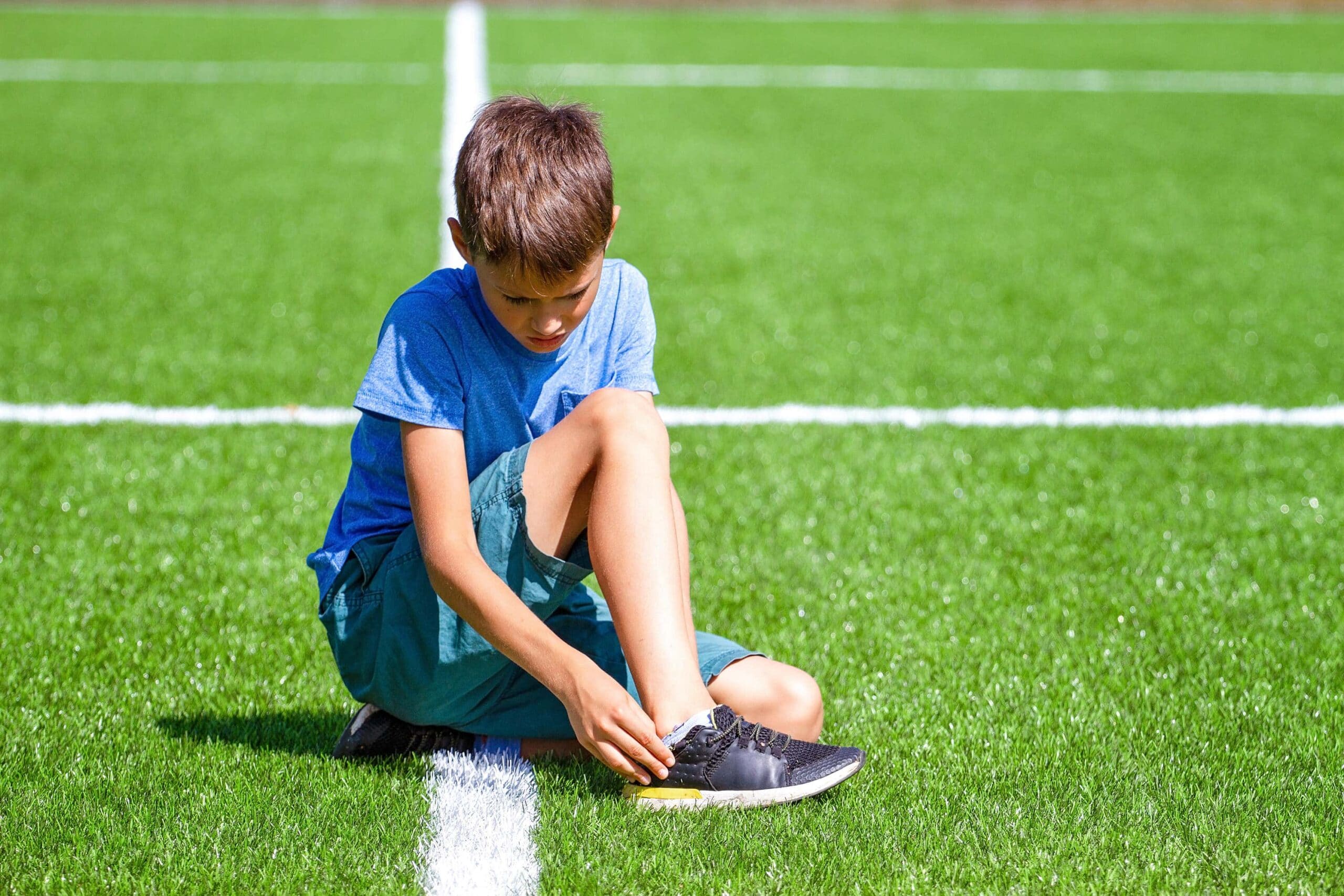Are children getting more injuries as sport resumes after lockdown? How can you tell if an injury needs hospital treatment?
Professor Adrian Wilson, a consultant orthopaedic surgeon at the Cromwell Hospital in London, says: “Yes, in our paediatric sports medicine clinic we’re seeing a rise in children suffering with sport injuries. Many children haven’t played sport at the same level or been part of a regular sports team since before lockdown, and this means their muscles and joints aren’t conditioned in the way they previously were.
“The faster sports injuries can be assessed and treated, the better the outcome. We’ve seen many injuries left untreated, which extends recovery time as well as being painful for your child.
“Assess the injury and how much pain your child is in – if you think it’s a break or if it’s a head injury then take them to A&E as soon as possible.
“Other injuries, such as ACL [anterior cruciate ligament] tears or sprains, also need attention quickly, so waiting till Monday morning to see the GP after a weekend game isn’t always best. An orthopedic surgeon will need to assess it and decide whether surgery is needed.
“It’s also important to ice the joint to help relieve pain and reduce any swelling. Do this using the rest, ice, compression and elevation (RICE) method.
“Common sports injuries include: ACL tears – the ACL is a stabilising knee ligament that’s torn during an uncontrolled twisting motion. An ACL tear can occur due to a blow to the outside of the knee or without impact after a jump or twist. It typically happens to children playing football, basketball or tennis. An ACL tear causes pain, swelling and limited movement in the knee, and recognising these symptoms and making sure your child is seen by an orthopaedic surgeon as soon as possible is incredibly important in aiding a quick recovery.
“Ankle sprains – One of the most common sports injuries in children is ankle sprains, where the ankle ligaments tear and stretch resulting in bruising, swelling and difficulty putting weight on the foot. Mostly the RICE method works well for sprains and they don’t need hospital treatment, however, sometimes they do need surgical support so if it doesn’t start to heal on its own, get a consultant to check it out.
“Dislocated kneecap – this is very common in dancing and rugby and usually happens when there’s a sudden blow to the knee or change in direction. Often a dislocated kneecap doesn’t require surgery but if ligaments around it are torn they may need to be repaired. If a dislocated kneecap keeps happening, a medial patellofemoral ligament (MPFL) reconstruction may be needed.
“It’s really important to make sure your child is fully healed before they return to playing sport. If they return too early, it’s highly likely they will injure themselves again or make the current injury worse, resulting in setbacks in recovery.
“Don’t underestimate how your child will feel after injuring themselves playing sport and having to take to the sidelines. Encourage them to talk about how they’re feeling and how the injury has affected them and their confidence. When they feel up to it, attending their team’s training session or match to cheer their team mates on can help get them look forward to getting back to sport.”
